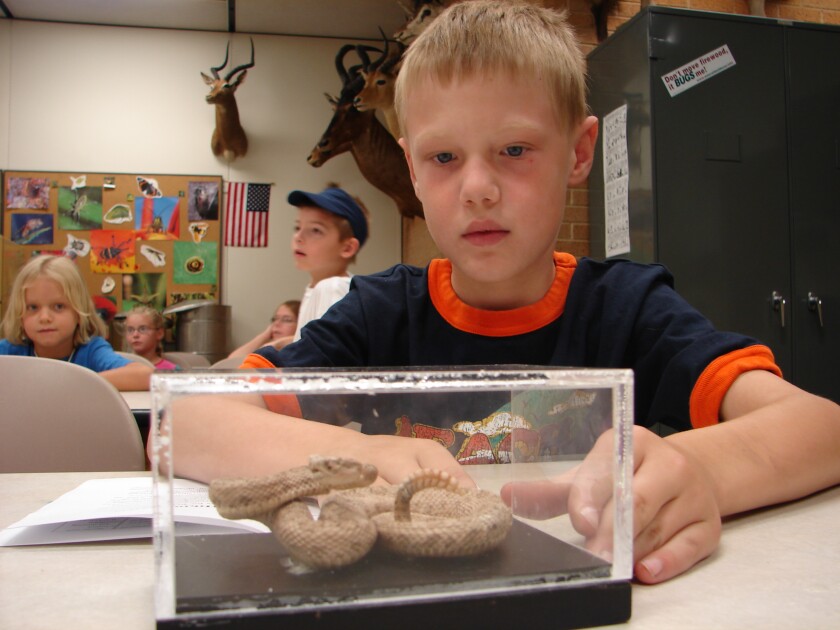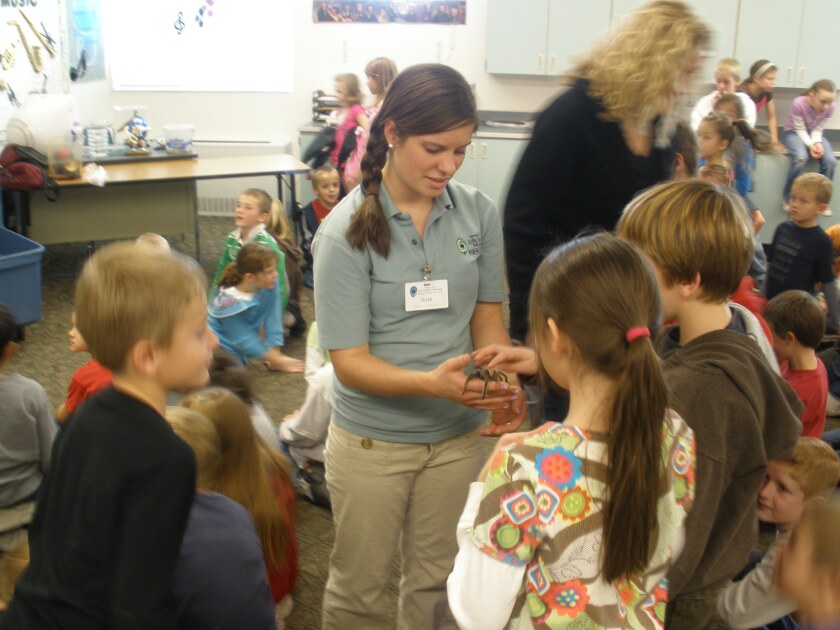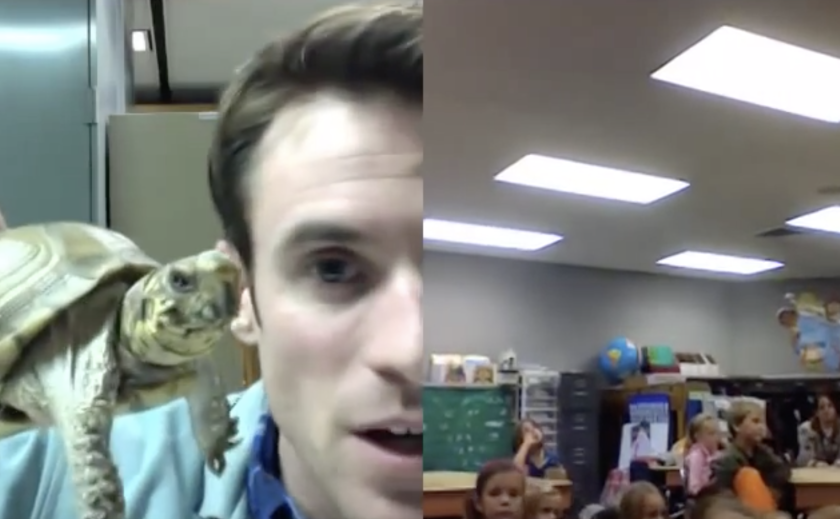Our school programs align with the Utah State Science Core Curriculum. We do these programs in three formats: webcasts, in-house, and outreach!
See below to register.
Watch the video below to learn more about webcasts.
We are now scheduling in-house school programs for school groups coming to the museum. These programs will begin in January 2022 but you can sign up now by using the link below.
IN-HOUSE PROGRAMS MUST BE SCHEDULED AT LEAST ONE WEEK IN ADVANCE.
Our school programs are 30-45 minutes. If you would like to schedule a free, private education program, please read the following and schedule your program using the link provided.
Programs start 15 minutes after the hour and may be scheduled from 10:15 AM until 6:15 PM Monday - Friday. Saturday programs start 15 minutes after the hour and may be scheduled from 10:15 AM until 4:15 PM, except during the public programs which are 1PM and 3PM.
To schedule a school program for your group at the museum, click on the link below and select the date and time. Fill out the form as completely as possible. We can accommodate small groups and groups as large as 200. In-house programs must be requested at least ONE WEEK in advance and cannot be scheduled more than 4 months in advance.
OUTREACH PROGRAMS MUST BE REQUESTED AT LEAST TWO WEEKS IN ADVANCE.
For a small fee, we will bring one of our school programs to you.
Outreach programs cost $65. There will be an additional $25 distance fee if your location is over 20 miles away, and an additional $50 if your location is over 40 miles away. Additional outreach programs scheduled back to back (within 30 minutes) for the same day at the same location are $25 each.
To schedule an outreach program, click on the link below and select the date and time. Outreach programs must be requested at least two weeks in advance and cannot be scheduled more than 4 months in advance. A credit card will be required to secure your reservation but you will not be charged until after the outreach has occurred.
WEBCAST PROGRAMS MUST BE SCHEDULED ONE WEEK IN ADVANCE.
All webcast programs are free of charge. These are broadcast to your home or classroom using Zoom, Skype or Google Meet.
Current School Programs
See a description of each program below:


